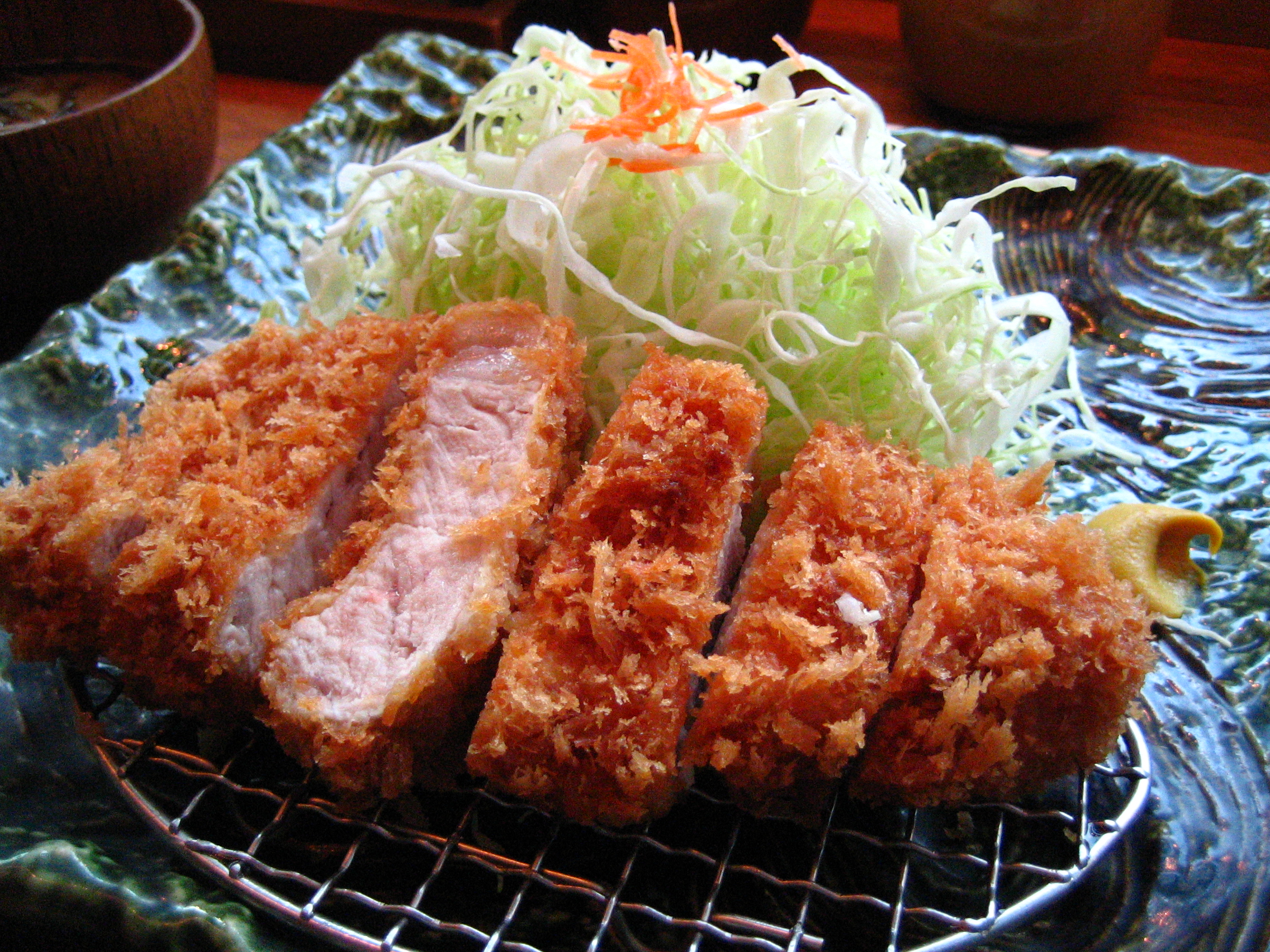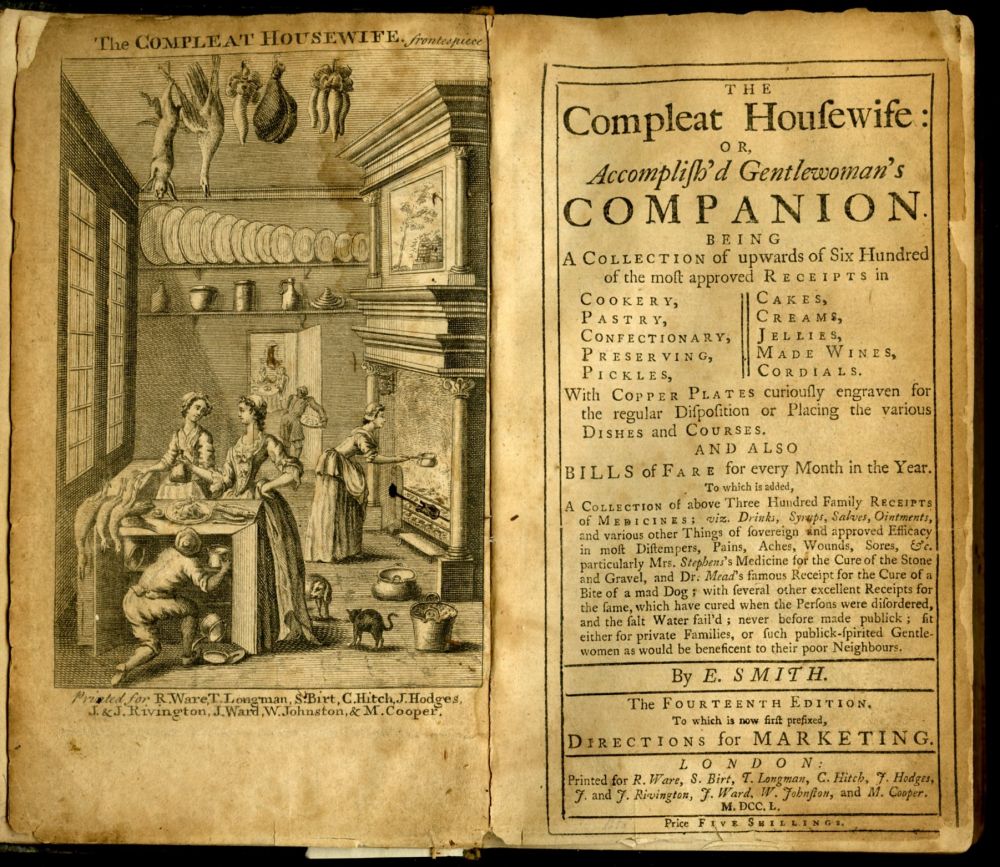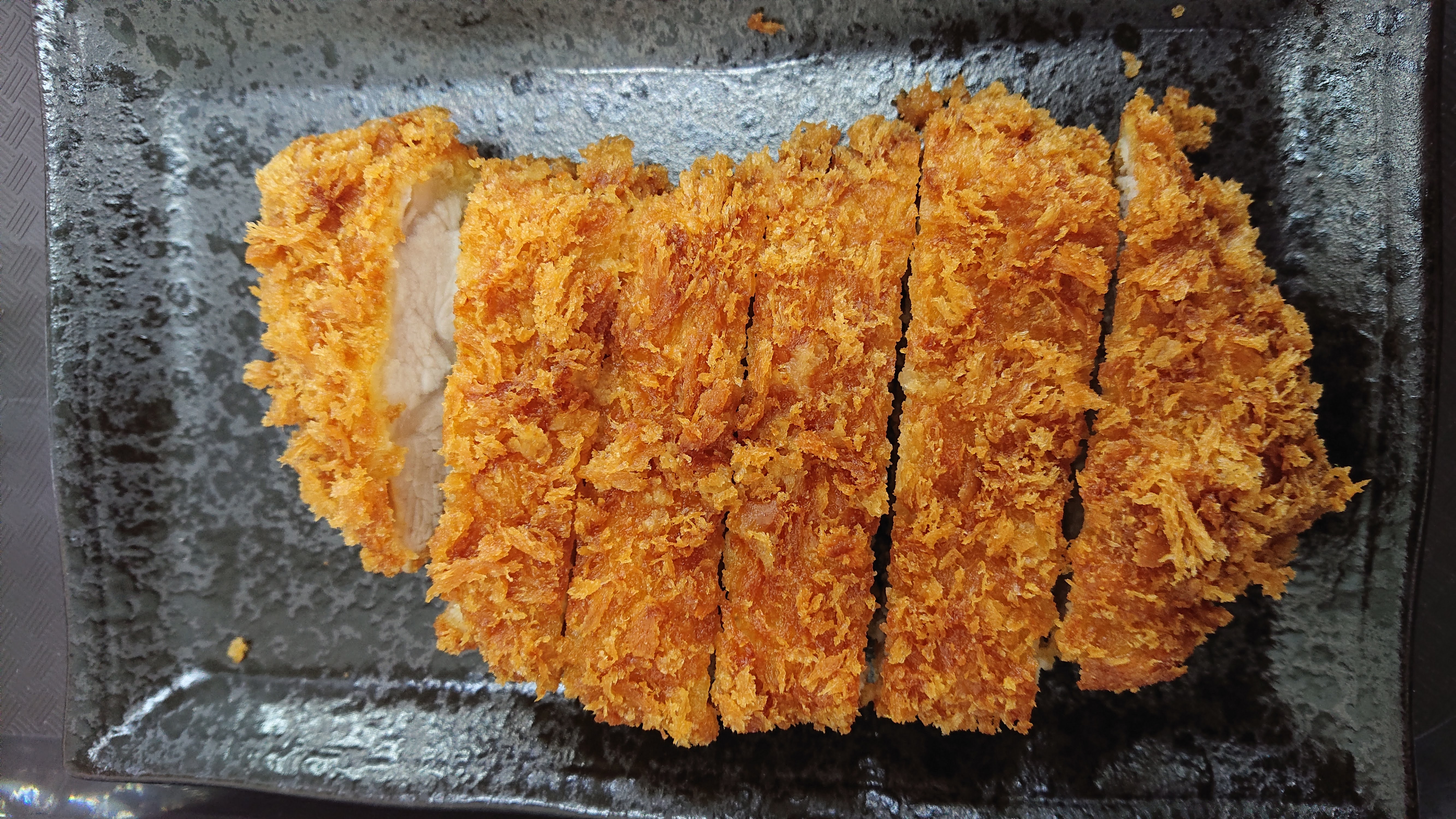|
Kotlet Schabowy
Kotlet schabowy () is a Polish variety of a breaded cutlet of pork coated with breadcrumbs. It is similar to Viennese schnitzel or Italian cotoletta,Mieczysław Czuma, Leszek Mazan. ''Austriackie gadanie czyli encyklopedia galicyjska.'' 1998, page 465. Quote: "...jedna z najpopularniejszych potraw w całej byłej monarchii austro-węgierskiej, w wersji wieprzowej, jako kotlet schabowy - w całej Polsce. Pierwotna nazwa ''costelette alla milanese'', gdyż potrawa (smażona na maśle) pochodzi z Włoch. Zwrócił na nią uwagę w czasie kampanii włoskich dowódca wojsk austriackich w Lombardii i Wenecji sędziwy marszałek Radetzky." French ''côtelette de veau frite'' (or ''côtelette Menon''), North and South American milanesa, and Japanese tonkatsu. The history of ''schabowy'' dates back to the 19th century. Different recipes for cutlets such as ''schabowy'' are featured in an 1860 cookbook by Lucyna Ćwierczakiewiczowa, ''365 obiadów za pięć złotych'' (''365 Dinners for ... [...More Info...] [...Related Items...] OR: [Wikipedia] [Google] [Baidu] |
Poland
Poland, officially the Republic of Poland, is a country in Central Europe. It extends from the Baltic Sea in the north to the Sudetes and Carpathian Mountains in the south, bordered by Lithuania and Russia to the northeast, Belarus and Ukraine to the east, Slovakia and the Czech Republic to the south, and Germany to the west. The territory has a varied landscape, diverse ecosystems, and a temperate climate. Poland is composed of Voivodeships of Poland, sixteen voivodeships and is the fifth most populous member state of the European Union (EU), with over 38 million people, and the List of European countries by area, fifth largest EU country by area, covering . The capital and List of cities and towns in Poland, largest city is Warsaw; other major cities include Kraków, Wrocław, Łódź, Poznań, and Gdańsk. Prehistory and protohistory of Poland, Prehistoric human activity on Polish soil dates to the Lower Paleolithic, with continuous settlement since the end of the Last Gla ... [...More Info...] [...Related Items...] OR: [Wikipedia] [Google] [Baidu] |
Cotoletta
''Cotoletta'' () is an Italian form of breaded cutlet made from veal. Italy Lombardy '' Cotoletta alla milanese'' (after its place of origin, Milan) is a fried veal breaded cutlet similar to Wiener schnitzel, but cooked with the bone in. It is traditionally fried in clarified butter. Due to its shape, it is often called ''oreggia d'elefant'' in Milanese or ''orecchia d'elefante'' in Italian, meaning 'elephant's ear'. Emilia-Romagna '' Cotoletta alla bolognese'' (after its place of origin, Bologna) is similar to a ''milanese'', but melted Parmesan cheese and pieces of prosciutto are put overtop of the fried veal cutlet. Sicily ''Cotoletta alla palermitana'' (after its place of origin, Palermo) is similar to a ''milanese'', but the veal is brushed with olive oil, and then baked or grilled instead of being fried. The breadcrumb is often mixed with parsley and pecorino cheese and, unlike the ''milanese'' cutlet, the ''palermitana'' cutlet does not have eggs in its breading. ... [...More Info...] [...Related Items...] OR: [Wikipedia] [Google] [Baidu] |
Breaded Cutlets
Breaded cutlet or braised cutlet is a dish made from coating a cutlet of meat with breading or batter and either frying or baking it. Breaded cutlet is known as ''schnitzel'' in German-speaking countries, ''cotoletta'' in Italy, ''escalope'' in France, ''filete empanado'' or '' cachopo'' in Spain, ''filete empanizado'' in Cuba, '' milanesa'' in Latin America, '' katsu'' in Japan and Korea, kotlet in Poland, ''řízek'' in the Czech Republic, ''rezeň'' in Slovakia and ''kotleta'' in post-Soviet countries. Chicken fingers Chicken fingers or chicken tenders are an American dish prepared by breading and deep frying the pectoralis minor muscle of the chicken, which is the smaller cut of the chicken breast located along its underside, attached to the ribs. Chicken-fried steak Chicken-fried steak (also known as country-fried steak) is an American breaded cutlet dish that may have originated with German and Austrian immigrants to Texas in the 19th century. It is a piece of bee ... [...More Info...] [...Related Items...] OR: [Wikipedia] [Google] [Baidu] |
Coleslaw
Coleslaw or cole slaw (from the Dutch term , meaning 'cabbage salad'), also widely known within North America simply as slaw, is a side dish consisting primarily of finely shredded raw cabbage with a salad dressing or condiment, commonly either vinaigrette or mayonnaise. This dish originated in the Netherlands in the 18th century. Coleslaw prepared with vinaigrette may benefit from the long lifespan granted by pickling. Coleslaw has evolved into various forms globally. The only consistent ingredient in coleslaw is raw cabbage, while other ingredients and dressings vary widely. Some popular variations include adding red cabbage, pepper, shredded carrots, onions, grated cheese, pineapple, pears, or apples, and using dressings like mayonnaise or cream. History The term "coleslaw" arose in the 18th century as an anglicisation of the Dutch term ("kool" in Dutch sounds like "cole") meaning "cabbage salad". The "cole" part of the word ultimately derives from the Latin , meaning c ... [...More Info...] [...Related Items...] OR: [Wikipedia] [Google] [Baidu] |
Spices
In the culinary arts, a spice is any seed, fruit, root, Bark (botany), bark, or other plant substance in a form primarily used for flavoring or coloring food. Spices are distinguished from herbs, which are the leaves, flowers, or stems of plants used for flavoring or as a garnish (food), garnish. Spices and seasoning do not mean the same thing, but spices fall under the seasoning category with herbs. Spices are sometimes used in medicine, Sacred rite, religious rituals, cosmetics, or perfume production. They are usually classified into spices, spice seeds, and herbal categories. For example, vanilla is commonly used as an ingredient in Aroma compound, fragrance manufacturing. Plant-based sweeteners such as sugar are not considered spices. Spices can be used in various forms, including fresh, whole, dried, grated, chopped, crushed, ground, or extracted into a tincture. These processes may occur before the spice is sold, during meal preparation in the kitchen, or even at the ... [...More Info...] [...Related Items...] OR: [Wikipedia] [Google] [Baidu] |
Polish Złoty
The złoty (alternative spelling: ''zloty''; Polish: ''polski złoty'', ;The nominative plural, used for numbers ending in 2, 3 and 4 (except those in 12, 13 and 14), is ; the genitive plural, used for all other numbers, is abbreviation: zł; code: PLNPrior to 1995, code PLZ was used instead.) is the official currency and legal tender of Poland. It is subdivided into 100 '' groszy'' (''gr'').Singular: ''grosz'', alternative plural forms: ''groszy'', ''grosze''. It is the most-traded currency in Central and Eastern Europe and ranks 21st most-traded in the foreign exchange market. The word ''złoty'' is a masculine form of the Polish adjective 'golden', which closely relates with its name to the guilder, whereas the grosz subunit is based on the groschen, cognate to the English word groat. It was officially introduced to replace its interim predecessor, the Polish marka, on 28 February 1919 and began circulation in 1924. The only bodies permitted to manufacture or mint z ... [...More Info...] [...Related Items...] OR: [Wikipedia] [Google] [Baidu] |
Lucyna Ćwierczakiewiczowa
Lucyna von Bachman Ćwierczakiewiczowa () (17 October 1826 — 26 February 1901) was a Polish journalist and author of Polish cuisine, Polish cookery books. Life and career Ćwierczakiewiczowa was born Lucyna von Bachman in Warsaw, into an extravagant upper-class family. In 1858, she published her first book ''Jedyne praktyczne przepisy wszelkich zapasów spiżarnianych oraz pieczenia ciast'' (''The only practical compendium of recipes for all household stocks and pastry''). Her work was based both on her own culinary experience and on 17th century and 18th century memoirs by Polish szlachta, nobles. In 1860 she published another cookbook ''365 obiadów za pięć złotych'' (''365 dinners for 5 Polish zloty, zlotys''). In 1865 she started her own column in the Bluszcz weekly dealing with cuisine and fashion. She also collaborated with Kurier Warszawski, the most notable Warsaw-based newspaper of the time. In the 1870s, she published several other guides to cooking, cleaning and ... [...More Info...] [...Related Items...] OR: [Wikipedia] [Google] [Baidu] |
Cookbook
A cookbook or cookery book is a kitchen reference containing recipes. Cookbooks may be general, or may specialize in a particular cuisine or category of food. Recipes in cookbooks are organized in various ways: by course (food), course (appetizer, first course, main course, dessert), by main ingredient, by cooking technique, alphabetically, by region or country, and so on. They may include illustrations of finished dish (food), dishes and preparation steps; discussions of cooking techniques, advice on kitchen equipment, ingredients, tips, and substitutions; historical and cultural notes; and so on. Cookbooks may be written by individual authors, who may be chefs, cooking teachers, or other food writers; they may be written by collectives; or they may be anonymous. They may be addressed to home cooks, to professional restaurant cooks, to institutional cooks, or to more specialized audiences. Some cookbooks are didactic, with detailed recipes addressed to beginners or people learn ... [...More Info...] [...Related Items...] OR: [Wikipedia] [Google] [Baidu] |
Tonkatsu
is a Japanese dish that consists of a breaded, Deep frying, deep-fried pork cutlet. It involves coating slices of pork with Bread crumbs#Panko, panko (bread crumbs), and then frying them in oil. The two main types are fillet and loin. Tonkatsu is also the basis of other dishes such as katsu curry and ''katsudon''. Etymology The word ''tonkatsu'' is a combination of the Sino-Japanese word ''ton'' () meaning "pig", and ''katsu'' (), which is a shortened form of ''katsuretsu'' (), an old transliteration of the English word "cutlet", which was in turn adopted from the French language, French word . History Tonkatsu originated in Japan during the Meiji era in the late 19th century, a dish derived from a French cuisine, French dish known as ''côtelette de veau'', a veal cutlet coated in breadcrumbs and fried in a pan with butter. European ''katsuretsu'' (loanword/gairaigo for 'cutlet') was usually made with beef; the pork version was created in 1899 at a restaurant serving Eu ... [...More Info...] [...Related Items...] OR: [Wikipedia] [Google] [Baidu] |
Milanesa
''Milanesa'' is a variation of the Lombard veal Milanese, or the Austrian Wiener schnitzel, where generic types of breaded cutlet preparations are known as ''milanesa''. ''Milanesa'' was brought to the Southern Cone by Italian immigrants between 1860 and the 1920s. Its name probably reflects an original Milanese preparation, ''cotoletta alla milanese'' (veal Milanese), which is similar to the Austrian Wiener schnitzel. Variations Argentina A ''milanesa'' with added tomato paste, mozzarella, and sometimes ham. In the 1940s, in Buenos Aires, ''milanesa a la napolitana'' ( and named for José Napoli's restaurant) was first made at a restaurant called Napoli, located near Estadio Luna Park, when a chef covered up a burned ''milanesa'' with cheese, ham and tomato. The dish is sometimes made out of chicken breast, ''suprema napolitana''. ''Milanesa'' is a popular dish in Argentina as in Uruguay and has been described as "one of the quintessential Río de la Plata dishes". They ... [...More Info...] [...Related Items...] OR: [Wikipedia] [Google] [Baidu] |
Joseph Radetzky
Johann Josef Wenzel Anton Franz Karl, Graf Radetzky von Radetz (2 November 1766 – 5 January 1858) was a Czech nobleman and Austrian field marshal. He served as chief of the general staff in the Habsburg monarchy during the later period of the Napoleonic Wars and proved instrumental in the allied victory as one of the primary architects of the Trachenberg Plan and the Leipzig Campaign. Afterwards, he embarked on military reforms of the Austrian army. His reputation was one of discipline and fairness; he was revered by his troops among whom he was known as ('Father') Radetzky. He is best known for the victories at the Battles of Custoza (24–25 July 1848) and Novara (23 March 1849) during the First Italian War of Independence. Johann Strauss I's ''Radetzky March'' was commissioned to commemorate Radetzky's victories at the Battle of Custoza. Early years Radetzky, a titled ''Graf'' ('Count'), was born into a noble Bohemian military family of Czech origin at Chateau T� ... [...More Info...] [...Related Items...] OR: [Wikipedia] [Google] [Baidu] |
Schnitzel
Schnitzel () is a thin slice of meat. The meat is usually thinned by pounding with a meat tenderizer. Most commonly, the meat is breaded before frying. Breaded schnitzel is popular in many countries and is made using veal, pork, Chicken as food, chicken, mutton, beef, or turkey meat, turkey. Schnitzel originated as ''Wiener schnitzel'' and is very similar to other breaded meat dishes. Etymology The German word ''das'' () is a diminutive of , 'slice'. The name ''Wiener schnitzel'' is first attested in 1845. Schnitzel is sometimes mispronounced or misspelled as "Snitchel". ''Wiener schnitzel'' is a popular Viennese cuisine, Viennese dish made of veal and traditionally garnished with a slice of lemon and either potato salad or potatoes with parsley and butter. In Austria and Germany, must be made of veal. When other meats are used, it can be called ("Viennese schnitzel of pig/turkey/chicken") or ("Schnitzel Viennese style"). Schnitzels worldwide The English term schnitz ... [...More Info...] [...Related Items...] OR: [Wikipedia] [Google] [Baidu] |








